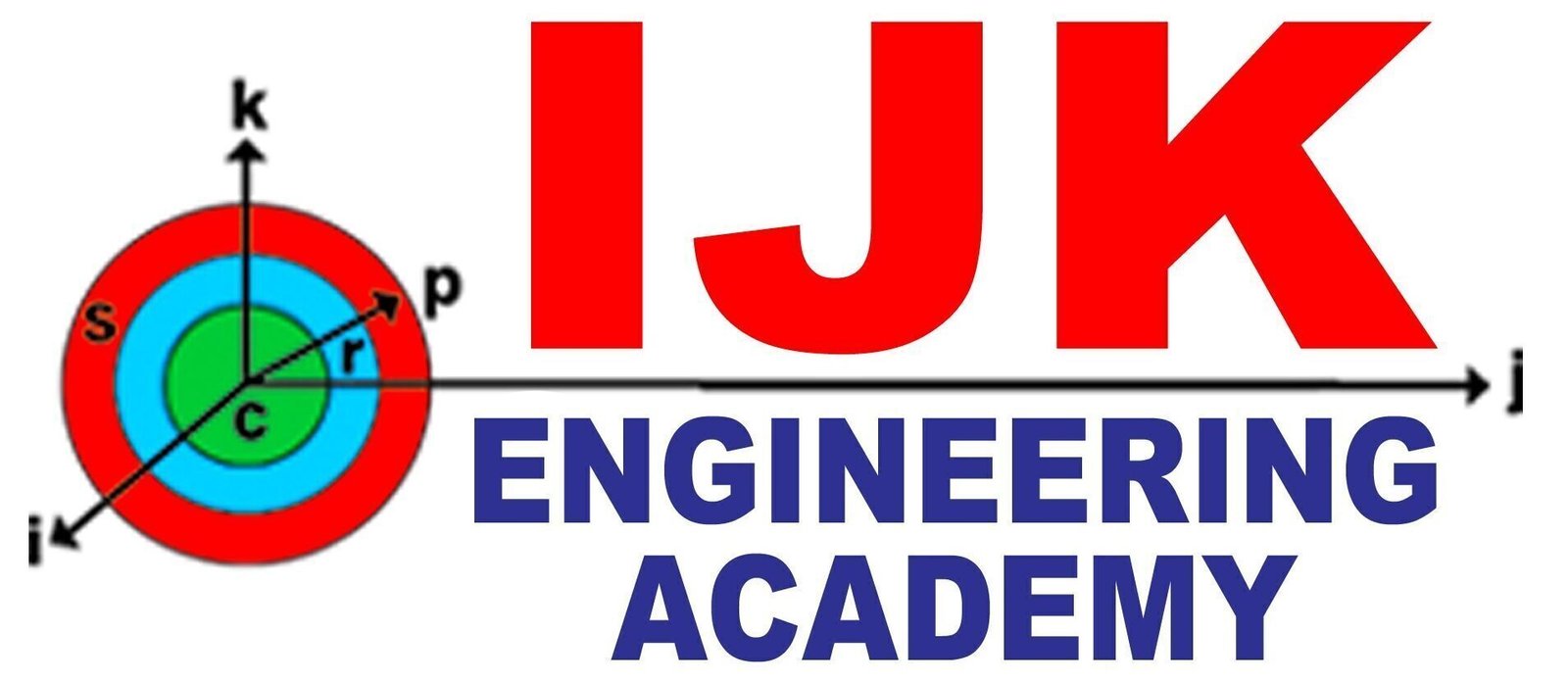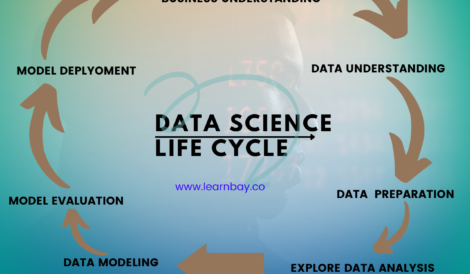AWS
About Course
**AWS Overview:**
Amazon Web Services (AWS) is a comprehensive and widely-used cloud computing platform offered by Amazon. It provides a vast array of services that enable individuals, businesses, and organizations to build, deploy, and manage various applications and services in the cloud. AWS is known for its scalability, flexibility, and cost-effectiveness.
**Key Concepts and Components:**
1. **Compute Services:** These services provide computing resources to run applications and workloads. Some notable services include Amazon EC2 (Elastic Compute Cloud) for virtual servers and Amazon Lambda for serverless computing.
2. **Storage Services:** AWS offers various storage options, including Amazon S3 (Simple Storage Service) for object storage, Amazon EBS (Elastic Block Store) for block storage, and Amazon Glacier for long-term archival storage.
3. **Database Services:** AWS provides managed database services such as Amazon RDS (Relational Database Service) for relational databases, Amazon DynamoDB for NoSQL databases, and Amazon Redshift for data warehousing.
4. **Networking Services:** Services like Amazon VPC (Virtual Private Cloud) allow you to create isolated networks within the AWS cloud. Amazon Route 53 is a scalable domain name system (DNS) service.
5. **Security and Identity Services:** AWS offers tools for managing access, authentication, and authorization. These include AWS Identity and Access Management (IAM) for user and resource management and AWS Key Management Service (KMS) for managing encryption keys.
6. **Content Delivery and CDN:** Amazon CloudFront is a content delivery network (CDN) service that helps distribute content to users globally with low latency.
7. **Analytics and Big Data:** Services like Amazon EMR (Elastic MapReduce) for big data processing and Amazon Athena for querying data directly in S3 are available for data analysis.
8. **Machine Learning and AI:** AWS offers services like Amazon SageMaker for machine learning model development and AWS Rekognition for image and video analysis.
9. **IoT (Internet of Things):** Amazon IoT services allow you to connect, manage, and analyze IoT devices and data.
10. **Serverless Computing:** AWS Lambda and other serverless services allow you to run code without provisioning or managing servers.
11. **Deployment and Management:** AWS provides tools like AWS CloudFormation for infrastructure as code, AWS Elastic Beanstalk for application deployment, and AWS OpsWorks for configuration management.
**Benefits of AWS:**
– **Scalability:** AWS allows you to scale resources up or down based on demand, avoiding overprovisioning or underutilization.
– **Flexibility:** You can choose from a wide range of services to meet your specific requirements.
– **Global Reach:** AWS has data centers in multiple regions worldwide, allowing you to deploy applications closer to your users.
– **Security:** AWS offers a comprehensive security model with various encryption and access control features.
– **Cost Management:** AWS offers pay-as-you-go pricing, which can help reduce capital expenses.
**Getting Started:**
1. **Create an AWS Account:** Sign up for an AWS account on the AWS website.
2. **Learn the Basics:** Familiarize yourself with AWS services through online tutorials, documentation, and training resources.
3. **Hands-On Projects:** Start with simple projects to understand how to use various AWS services.
4. **Certification:** AWS offers various certifications that validate your expertise in specific AWS areas. Consider pursuing relevant certifications as you become more experienced.
AWS offers a wide range of resources for learning, including documentation, tutorials, online courses, and a free tier that allows you to experiment with AWS services without incurring charges. As you gain experience, you can explore more advanced topics and services to meet your specific needs.
Course Content
Cloud Computing Fundamentals
AWS Infrastructure Services
Database Services
Networking Services
Serverless Computing
Identity and Access Management (IAM)
Security and Compliance
Monitoring and Logging
Elasticity and Scalability
Containers and Orchestration
Student Ratings & Reviews






